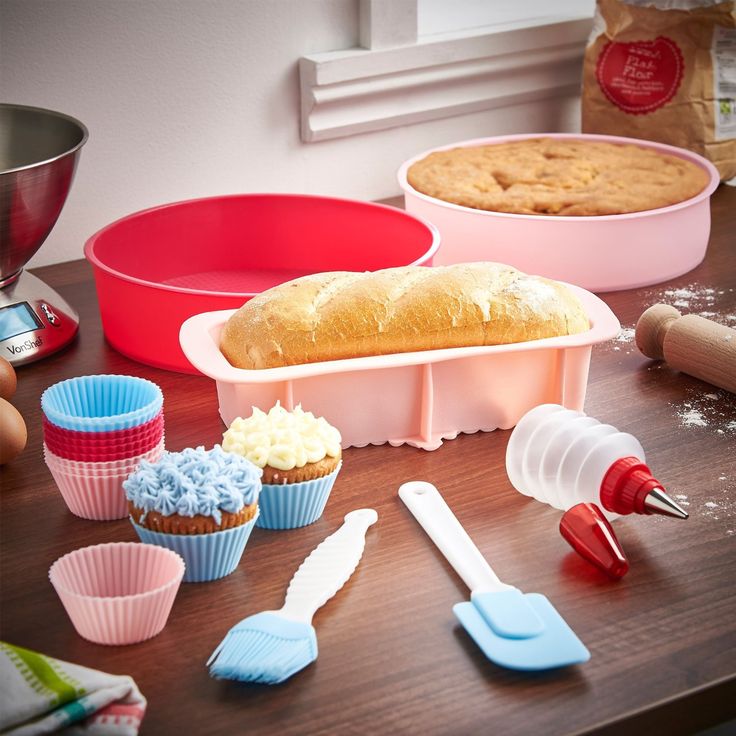We all use them: toothbrushes, hairbrushes, cleaning brushes – the ubiquitous plastic brush. But have you ever stopped to consider the environmental impact of these seemingly innocuous items? From production to disposal, plastic brushes leave a significant carbon footprint, contributing to pollution and harming our planet. This article dives deep into the environmental consequences of our plastic brush habit, and more importantly, explores sustainable alternatives you can easily adopt.
The Life Cycle of a Plastic Brush: From Cradle to Grave
Let’s follow the journey of a typical plastic toothbrush, a prime example of the problem. First, its creation involves extracting fossil fuels (oil) to produce the raw plastic. This process is energy-intensive and releases greenhouse gases contributing to climate change. Then, there’s manufacturing – involving further energy consumption and potentially harmful chemical releases. Transportation to stores adds to the carbon footprint, and finally, the brush itself ends up in a landfill, taking hundreds of years to decompose, if ever.
The same principle applies to other plastic brushes. Hairbrushes, makeup brushes, and cleaning brushes share this problematic lifecycle. Microplastics, tiny particles shed from the brushes during use and washing, end up in our waterways and oceans, harming marine life and entering the food chain. This plastic pollution presents a serious threat to biodiversity and ecosystem health.
The Environmental Damage: A Closer Look

The environmental damage caused by plastic brushes is multifaceted and far-reaching:
- Greenhouse Gas Emissions: The entire process, from extraction to disposal, contributes significantly to greenhouse gas emissions, fueling climate change.
- Plastic Pollution: Discarded brushes end up in landfills, oceans, and the environment, contributing to the global plastic pollution crisis.
- Microplastic Contamination: Microplastics shed from brushes contaminate water sources and ecosystems, harming wildlife and potentially entering the human food chain.
- Resource Depletion: The production of plastic brushes relies on finite fossil fuel resources, contributing to their depletion.
- Habitat Destruction: The extraction of oil and the manufacturing of plastics often involve habitat destruction and biodiversity loss.
Sustainable Alternatives: Choosing a Greener Path
Fortunately, many eco-friendly alternatives to plastic brushes exist, offering a sustainable and responsible solution. Let’s explore some of the best options:
Bamboo Brushes
Bamboo is a rapidly renewable resource, requiring minimal pesticides and water. Bamboo brushes are biodegradable and compostable, significantly reducing their environmental impact. They are also often durable and aesthetically pleasing.
Wooden Brushes

Similar to bamboo, wooden brushes offer a sustainable option. Choose brushes made from sustainably harvested wood for the greatest environmental benefit. Ensure the wood is treated with non-toxic finishes.
Bioplastic Brushes
Bioplastics are made from renewable resources like corn starch or sugarcane. While they are a step up from traditional plastics, it’s crucial to ensure they are truly compostable or biodegradable and to check the specific certifications to ensure they meet their claims.
Recycled Plastic Brushes

Some manufacturers now create brushes from recycled plastic, reducing the demand for virgin plastic. Look for brushes with clear labeling indicating the percentage of recycled content.
Making Informed Choices: Tips for Sustainable Brush Buying
When choosing a brush, consider the following:
- Material: Opt for bamboo, wood, or certified bioplastics.
- Durability: A durable brush will last longer, reducing the need for frequent replacements.
- Certifications: Look for certifications like Fair Trade, FSC (Forest Stewardship Council), or compostability labels.
- Bristles: Consider the bristle material – some synthetic bristles are more durable than natural ones. Ensure they are not made with harmful chemicals.
- Brand Transparency: Research the brand and their environmental practices.
Beyond the Brush: A Broader Perspective

Reducing our reliance on plastic brushes is just one step towards a more sustainable lifestyle. Consider adopting a broader zero-waste approach, reducing your consumption overall, and supporting brands committed to environmental responsibility.
By making conscious choices and opting for sustainable alternatives, we can significantly reduce the environmental impact of our everyday habits and contribute to a healthier planet for future generations.
Conclusion: Small Changes, Big Impact
The environmental impact of plastic brushes is undeniable. However, by making informed choices and adopting sustainable alternatives, we can collectively lessen our contribution to plastic pollution and climate change. Small changes in our consumption habits can have a significant positive impact on the environment. Choosing a bamboo toothbrush, or a recycled plastic hairbrush, is a simple yet powerful step towards a more sustainable future.